Houseplants have taken over home decor trends in recent years. Plants add texture and color to a space, and there are many ways to decorate with them. Indoor hanging plants provide even more options for displaying and enjoying greenery throughout your home.
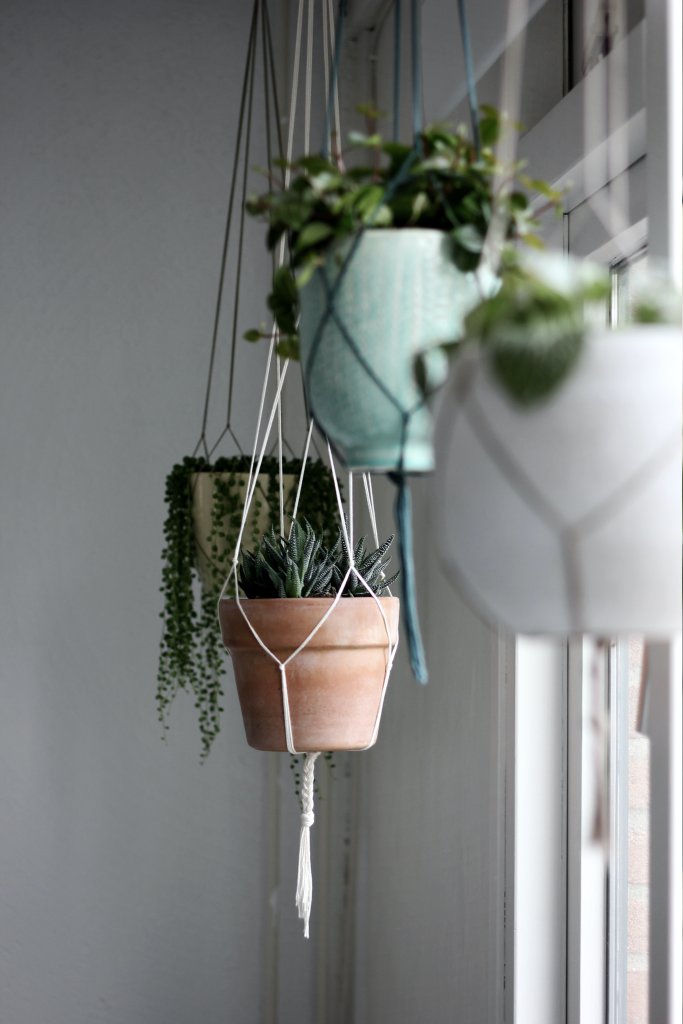
Many plants do well hanging from planters, shelves, and other areas in your home. Learn the benefits of hanging plants, how and where to hang them, and some ideas for great plants to use in your hanging planters.
Benefits of Hanging Houseplants
Save Space
Hanging your indoor houseplants helps make the most of the vertical space in your home. There’s only so much floor space in front of each window to place plants, but houseplant enthusiasts can add even more greenery to their homes by hanging plants from the ceiling or curtain rods.
Add Texture and Color to Your Home
Plants in any capacity add color and texture to your home, but hanging plants elevate the look by adding more dimension to your decor. Floating plants fill in white space and may balance out other home decor elements, fulfilling the rule of thirds that helps a style together.
Help Provide Plants With Proper Light Conditions
Another reason you may want to hang plants in your home is to ensure they get the proper light conditions to thrive inside. You can easily place plants in front of their favorite window, where they receive the ideal amount of sunlight to continue growing at a healthy rate.
Keep Out of Reach of Kids or Pets
Some plants aren’t safe for kids or pets as they may cause an allergic reaction, such as a rash or sickness. It’s best to have these off the ground and out of reach of small children or pets who may ingest the leaves of the plants. Some of your favorite plants may not be safe for consumption, but hanging your plants allows you to enjoy them while keeping other family members safe.
Ideas for How To Decorate With Indoor Hanging Plants
There are a variety of options for displaying hanging plants in your home. Consider the size and shape of your plant and its preferred light conditions when choosing where and how to place your plants.
Use Hanging Planters or Macrame Hangers To Hang Plants From the Ceiling
Almost any smaller type of houseplant can live in a hanging planter. Macrame plant hangers are a great way to add texture and dimension to your home decor. Just add your favorite planter to the macrame hanger. You can even include the watering tray to make watering easier.
Or you can opt for something more all in one and order a planter already attached to ropes or chain for hanging.
You can use ceiling hooks to hang your plants from the ceiling or decorative plant hangers to hang them from the wall. Or get creative and use an S hook to hang plants on your curtain rods as long as the curtain rod has enough support to handle the weight of the plant.
Place Hanging Plants on Shelves
Do you love the look of a cascading plant but prefer a more stable surface? Consider styling trailing plants on open shelving to enjoy the view of flowing leaves hanging down. You get all the dimensions and style without putting extra holes in your ceiling.
Use Wall Planters for Unique Wall Decor
Make the most of your vertical and empty wall space by hanging planters directly on the wall. Wall planters come in many different shapes and sizes to fit many kinds of plants.
You can hang several wall plant pots in different sizes together for a unique statement wall or add a wall planter to an existing gallery art display for added style. Glass planters with propagated leaves also make a fun statement piece.
Types of Plants That Make Great Hanging Plants
Golden Pothos (Epipremnum Aureum): Pothos is one of the easiest plants to grow indoors and is an excellent option for beginner plant parents. They have cascading heart-shaped leaves that multiply, even in low-light conditions, making them a perfect choice for hanging planters.
Spider Plant (Chlorophytum Comosum): Another low-maintenance plant, a Spider Plant’s long green and white leaves and the plant-let stems it grows make it ideal for hanging. You can repot the plant-lets to form new plants, making this a fun plant to grow indoors. They’re also known for their air-purifying qualities.
String of Pearls (Senecio Rowleyanus): As its name suggests, the String of Pearls has bead-shaped leaves that drape down from the plant like a pearl necklace. This plant grows well in a window as it thrives in indirect, bright light.
Boston Fern (Nephrolepis Exaltata): This lush, leathery plant may be known for outside decoration, but it can also thrive inside if placed near a humidifier. The Boston Fern can also improve indoor air quality.
English Ivy (Hedera Helix): English Ivy is a lovely choice for indoor hanging planters and, unlike some other vining plants, maintains a bit more volume as it grows out and down.
String of Hearts (Ceropegia Woodii): The long-trailing vines with heart-shaped leaves give this hanging plant a unique look. The String of Hearts is also a low-maintenance plant that’s easy to keep alive.
Swiss Cheese Vine (Monstera Adansonii): Like the full-size Monstera Deliciosa, the Swiss Cheese Vine has perforated leaves. Its smaller size and trailing nature make it ideal for growing in a hanging pot.
Air Plants (Tillandsia): Air Plants are ideal for decorative glass planters and don’t require soil or watering. They can survive on a light misting and are a fun addition to your home decor.
Heart-leaf Philodendron (Philodendron Hederaceum): The heart-shaped leaves on this trailing plant are more defined than other species. In addition to the aesthetic appeal of the Heart-Leaf Philodendron, its low-maintenance lifestyle makes it an easy choice to add to your collection.
Hoya (Hoya Carnosa): Hoyas, or wax plants, are vines with thick, trailing leaves. Under the right conditions, they even flower. They can tolerate low light conditions and infrequent watering.
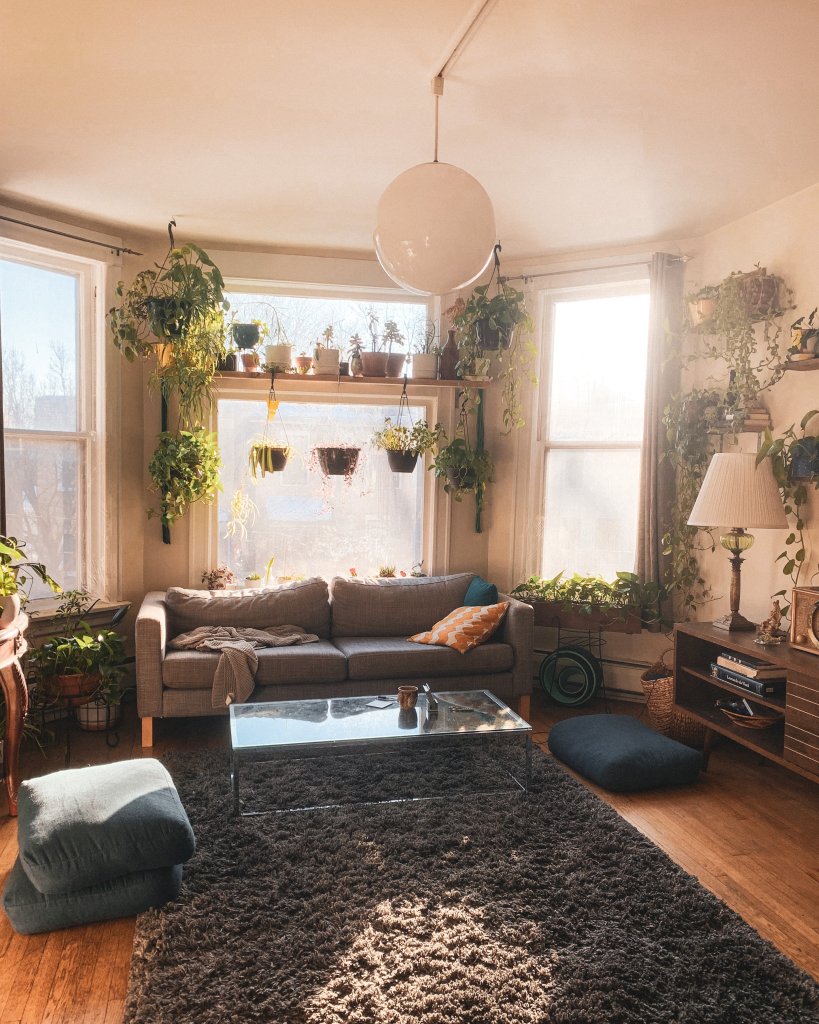
How to Care For Your Hanging Houseplants
As you collect more houseplants, pay attention to the individualized care each plant requires for ideal growing conditions.
Learn Each Plant’s Specific Light and Watering Requirements
Plants that can tolerate low light can be placed further from a window on a shelf or wall; however, they can rarely handle complete darkness.
Plants that like direct or bright indirect sunlight may be happier being hung directly in front of a window. Full sun plants do well in a window with a clear view of the sky, while partial sun plants may thrive in a shaded window.
Watering schedules also vary. Generally, if you notice leaves turning brown, your plant needs more water. Yellow leaves typically indicate overwatering.
Surprisingly, house plants tend to be more susceptible to overwatering than underwatering. Most low-maintenance indoor plants need to be watered when the top inch of the soil has dried out.
Choose an Appropriate Planter
Many different types of hanging planters are available to fit any decor style. Find a hanging planter with proper drainage and an appropriate size for your chosen plant.
A pot that is slightly bigger than your plant is perfect. Most experts recommend a pot that is 1-2 inches larger in diameter than the plant.
Use an Indoor Watering Can and Watering Tray To Prevent Dripping Water
It’s always wise to have some form of drainage for your houseplants so the roots don’t rot from sitting water. However, with hanging plants, drainage can make things a bit tricky.
Taking each plant to a sink for watering, where you can let the water drain, is always an option. But this method can be quite time-consuming as your collection of plants grows.
Alternatively, you can use an indoor watering can to water your plants without moving them and place watering trays under each planter (or purchase hanging pots with built-in trays) to catch the overflow. Watering cans with thin, long spouts help prevent spilling when watering indoors.
Fertilizing Indoor Plants
Use a water-soluble fertilizer to ensure your hanging plants get the nutrition they need. You can fertilize your plants every 2-4 weeks in the spring and summer and every 1-3 months in the fall and winter to promote optimal plant growth.
Hanging plants are a great addition to any plant lover’s home, whether they’re a beginner or expert plant parent.
Hanging plants add aesthetic appeal while saving space and protecting plants from kids and animals. There are many different hanging methods and plants to explore to keep your home exciting and full of texture, life, and color.
This list of hanging houseplants and tips and tricks for displaying them and keeping them alive will help you make the most of your home decor while cultivating a love for bringing in a piece of nature to add to your home style.This article originally appeared on Wealth of Geeks.

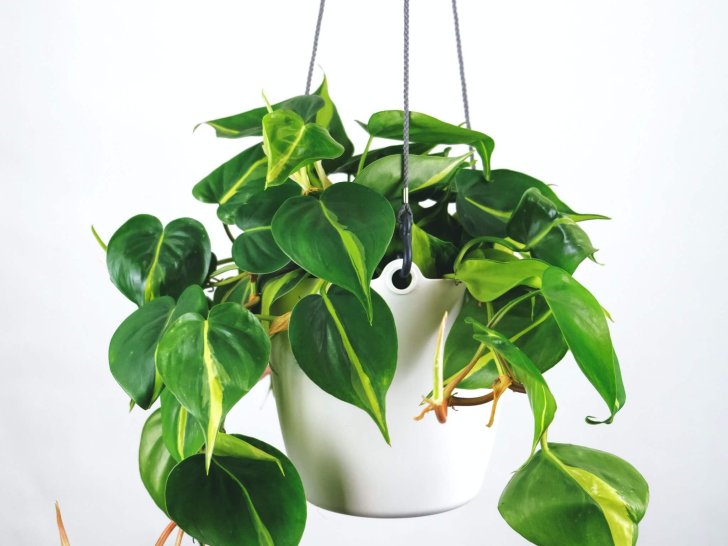
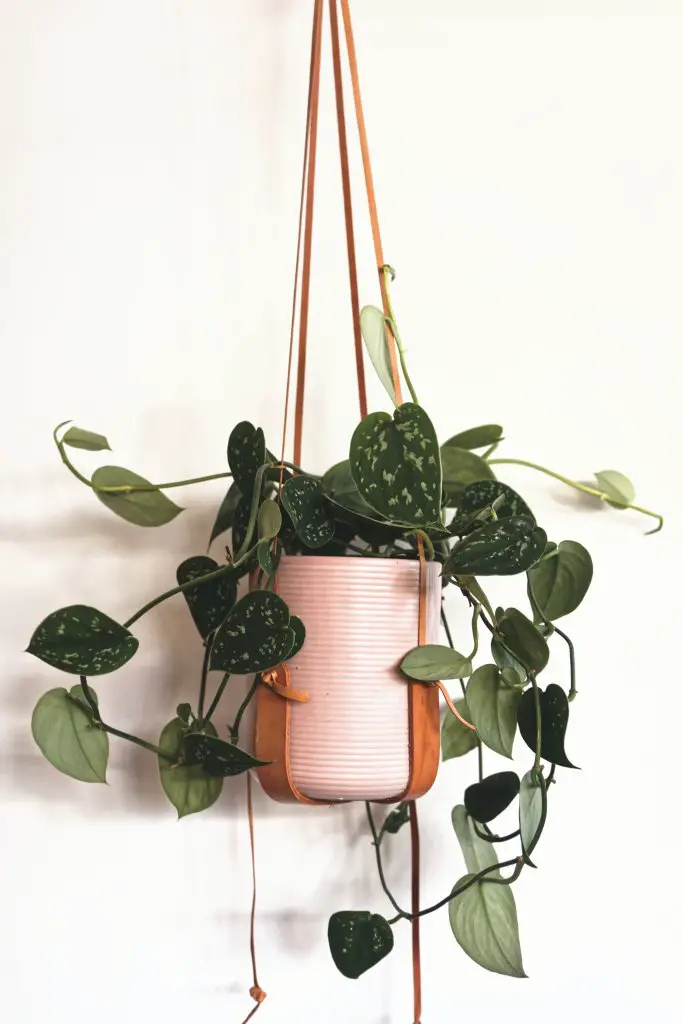
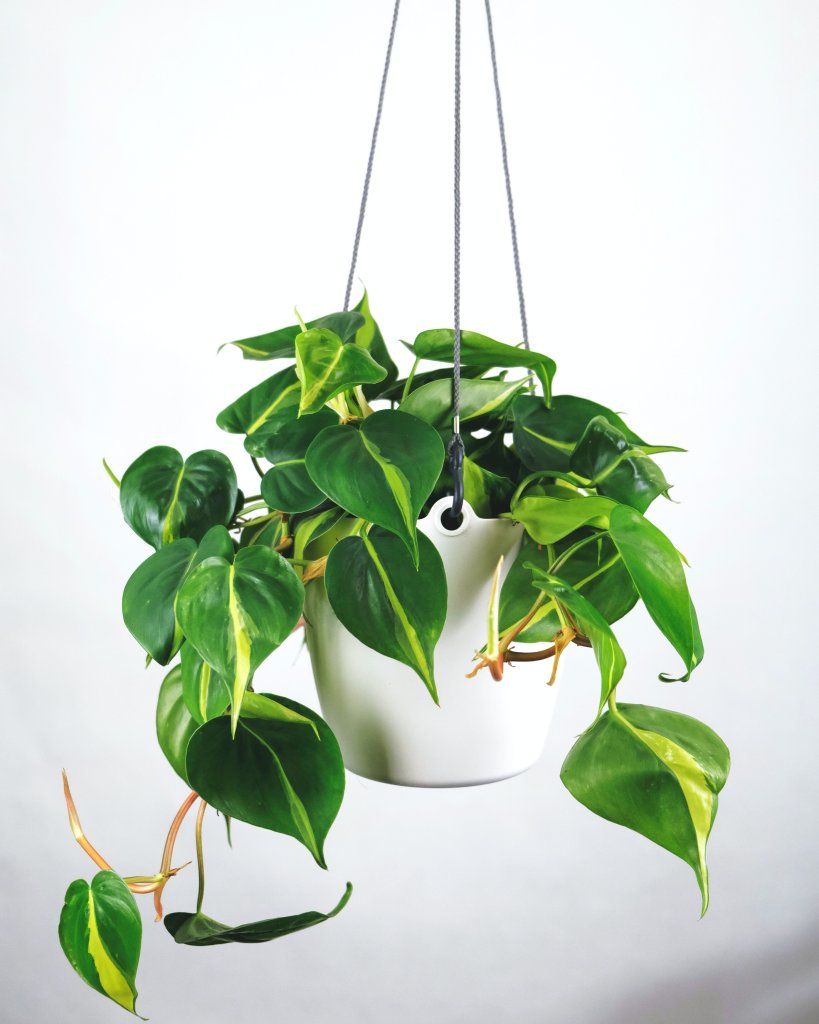

10 Hanging Plants To Add Style and Texture to Your Home
Tuesday 7th of May 2024
[…] This article originally appeared on My Breezy Room. […]